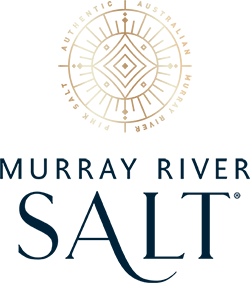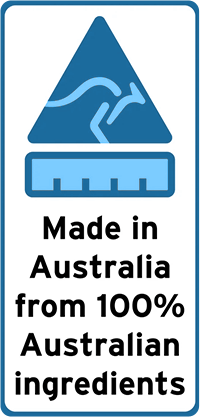History of Salt in our Region
The Murray Darling Basin
Forty million years ago, through the forces of water and geophysical uplifting, the valley that cradles Australia’s greatest river began to take shape.
The Murray Darling Basin is part of this natural geographic of the land, where an ancient inland ocean once flourished. Ocean sediments, the weathering of rocks and rainfall over millions of years formed the Murray/Darling Basin’s landscapes and rivers.
It channels water from most of inland Victoria, New South Wales, and southern Queensland from the western side of the Great Australian Divide. It is fed by several rivers including the Darling and Murrumbidgee on it’s journey from the Australian Alps before flowing through South Australia to the Southern Ocean.
The Murray Darling Basin groundwater systems hold more than 100,000 million tonnes of salt. Salinity occurs naturally in groundwater, however human practices such as irrigation and land clearing caused water tables to rise, bringing salt to the surface and into rivers.
Find out more about the Basin by clicking here https://www.mdba.gov.au/discover-basin
European settlement around Mildura
Salt Production
Camel Trains
Camels were used to transport salt from the Sunset Country (South-West of Mildura) to the Murray River along well worn tracks 100 years ago. Led by Afghan team masters, the camel trains could persist in the sandy terrain where it was difficult for oxen, horses and other forms of transportation. The camel teams carried cargoes of wool and other heavy loads including salt from Spectacle Lakes in the Sunset Country, to the Murray River, where the salt was loaded onto paddle steamers, then returned with precious fresh water and supplies.

Paddle Steamers
Paddle steamers and paddle boats have been on the Murray River and in the Murray-Darling Basin since 1853 when William Randell launched the first steamer the P.S. Mary Ann near Mannum, South Australia. From the 1860s through to the early 1900s, the River Murray was thriving with the putter of paddle steamers, transporting passengers and goods from the Riverland through Mildura to Echuca. Paddle steamers were an important connection with early European settlement and development – towing large barges, paddle steamers weaved the winding course of the Murray-Darling system, supplying stations and towns with supplies, and carrying passengers and various goods to market, including mail, wheat, fruit, salt, wood, wool and other livestock products.
Salt was transported on paddlesteamers to Mildura for ice-making.
Managing Salinity
The only natural way that salt can leave the Basin is by flowing down the river and out to sea through the Murray Mouth in South Australia.
Since the late 1960s, there has been a concerted effort by governments and communities to manage the impact of salinity on people and the environment. The Basin salinity management 2030 strategy has been in place since 2015, and outlines how Basin governments are working together to address salinity and meet agreed targets. Good progress has been made and the work continues.
River salinity can also be managed through Salt Interception Schemes, which are an engineering tool used to divert groundwater and drainage water away from the river system. Smarter land management and improved farming practices are also addressing the problem of salinity in the Basin.
There are currently 15 salt interception schemes (including Murray River Salt) which divert approximately half a million tonnes of salt away from the river and adjacent landscapes each year. These schemes are implemented in conjunction with the Basin Salinity Management 2030 strategy.
As you can see, the mere presence of salt effects many industries, surrounding vegetation and wildlife. It most certainly has had a huge impact on the Mildura region’s historical and current economy. Our hope is, that we have helped you understand and to be interested in the ‘History of Salt’ in our region, and that you have gained an understanding of the importance of this natural resource.





